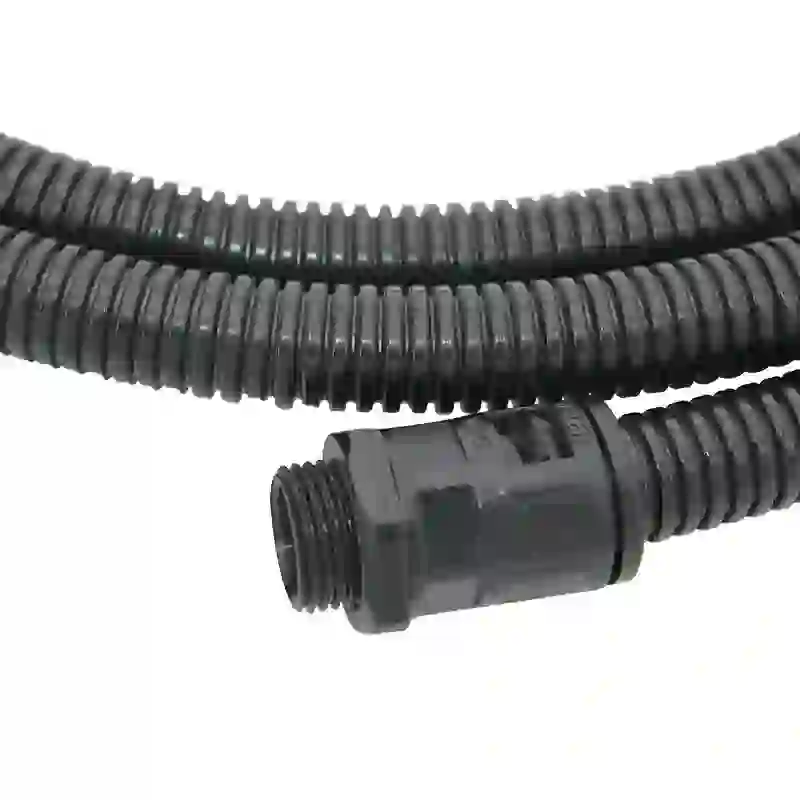synchronous belt vs v belt
Synchronous Belt vs. V-Belt A Comprehensive Comparison
When it comes to power transmission in mechanical systems, choosing the right type of belt is crucial for ensuring efficiency, reliability, and longevity. Among the various options available, synchronous belts and V-belts are two of the most commonly used. While both serve the primary function of transferring power from one component to another, they differ significantly in design, operation, and applications. This article aims to explore the characteristics of synchronous belts and V-belts to help you make an informed decision for your mechanical needs.
Design and Construction
Synchronous belts, also known as timing belts, are designed with teeth that fit into corresponding grooves on the pulleys they engage with. This design ensures precise movement and synchronization between the driving and driven pulleys. Synchronous belts are typically made from a combination of synthetic rubber and reinforcing materials, which adds strength and flexibility while minimizing stretch over time.
On the other hand, V-belts are characterized by their V-shaped cross-section that allows them to sit into the grooves of a V-belt pulley. They are primarily made of rubber compounds, with or without internal tension members, and their design allows them to accommodate a range of pulley sizes and configurations. V-belts are more forgiving in terms of alignment issues and can flex around pulleys more easily than synchronous belts, but this can lead to some limitations regarding precision.
Performance and Efficiency
One of the most significant advantages of synchronous belts is their ability to deliver precise timing between shafts. This feature makes them ideal for applications that require exact synchronization, such as in automotive engines where controlling valve timing is critical. The teeth design of synchronous belts means they do not slip under load, allowing for a higher level of efficiency, often upwards of 98%. This aspect can lead to improved performance in various applications while reducing energy consumption.
V-belts, however, do offer their own advantages. They are generally easier to install and replace, making them a go-to option for many maintenance scenarios. While V-belts tend to have a lower efficiency rating compared to synchronous belts (often around 90% to 95%), they can handle shock loads or misalignment better, meaning they may be more resilient in less-than-ideal conditions. This flexibility can be beneficial in applications where speed fluctuations are common.
synchronous belt vs v belt

Applications
Synchronous belts are widely used in industries that require high precision and reliability. Examples include robotics, CNC machines, and any application where timing and accuracy are paramount. These belts excel in environments that are more controlled and where setup can be optimized for their use.
Conversely, V-belts are prevalent in traditional machinery and automotive applications. They can be found in appliances, conveyor systems, and agricultural equipment. Their ability to handle power over a wider range of conditions makes them suitable for environments that may experience significant wear and tear.
Maintenance
Both synchronous belts and V-belts require routine maintenance to ensure longevity and performance. Synchronous belts typically require less frequent adjustments due to their construction, which reduces the likelihood of slipping and stretching. However, they can be more sensitive to misalignment and debris, necessitating careful installation.
V-belts, while easier to change out, may require more frequent tension adjustments during their service life to ensure optimal performance. They are typically more forgiving with minor misalignments, which is beneficial in field applications, yet this can lead to eventual slipping and reduced efficiency if not monitored.
Conclusion
In summary, both synchronous belts and V-belts have their unique benefits and drawbacks. If precision and efficiency are your primary goals, a synchronous belt is likely the right choice. However, if you need flexibility and resilience in varying conditions, a V-belt might better suit your application. Understanding the demands of your specific use case, alongside the operational characteristics of these belts, will help you make the best decision for your mechanical needs. By taking these factors into consideration, you can ensure optimal performance and longevity in your power transmission systems.








